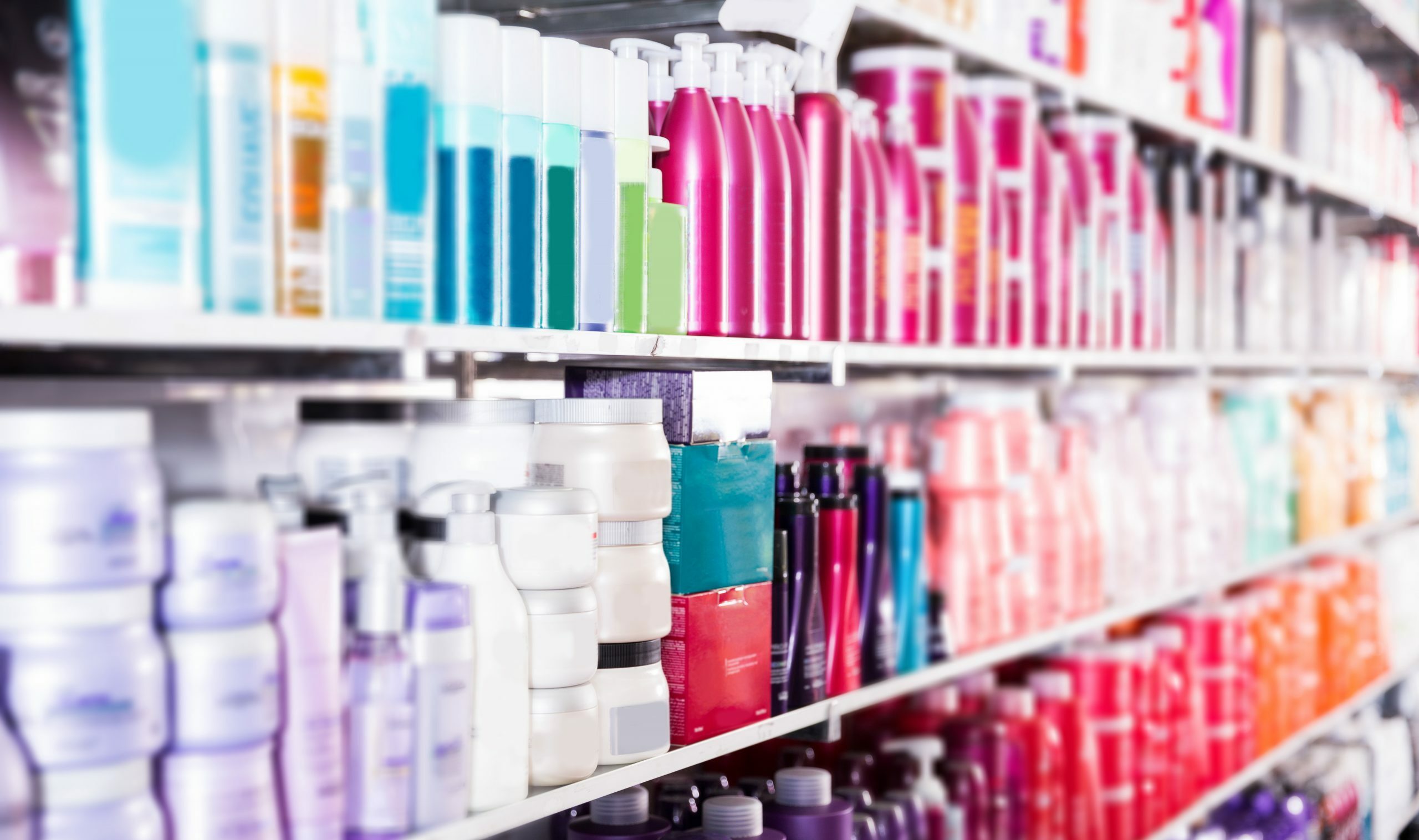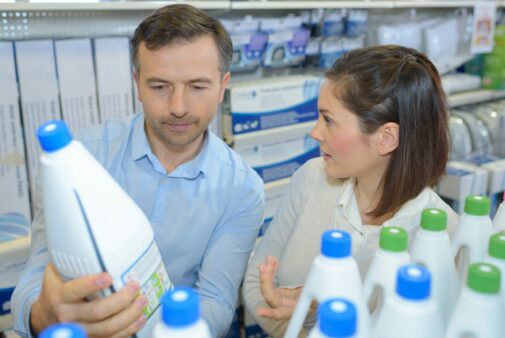Key Points/Overview
Preservatives are added to food to fight spoilage caused by bacteria, molds, fungus and yeast.
Preservatives are commonly used in medicines such as acetaminophen, insulin and cough syrup to help prevent microbial contamination. In cosmetics and personal care products, preservatives help prevent contamination and the growth of harmful bacteria.
The use of preservatives in food products is studied and regulated by the FDA.
Preservatives in medicines and drugs are generally considered to be “inactive ingredients” by the FDA. Its Inactive Ingredients Database provides information on inactive ingredients in FDA-approved drug products.
Use & Benefits
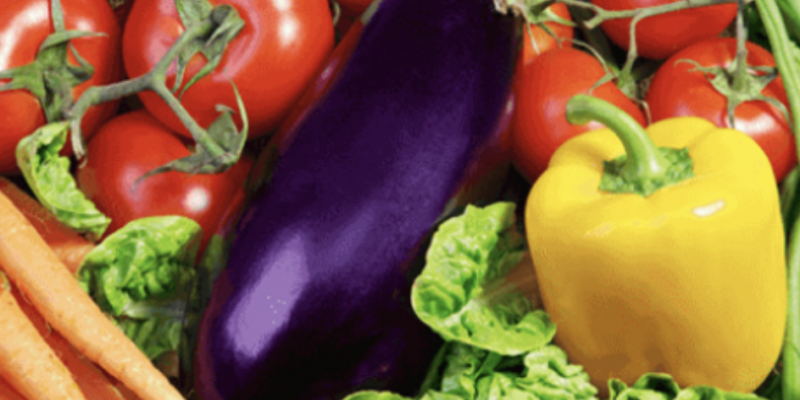
Preservatives in Food
Preservatives are added to food to fight spoilage caused by bacteria, molds, fungus, and yeast. Preservatives can keep food fresher for longer periods of time, extending its shelf life. Food preservatives also are used to slow or prevent changes in color, flavor or texture and delay rancidity.
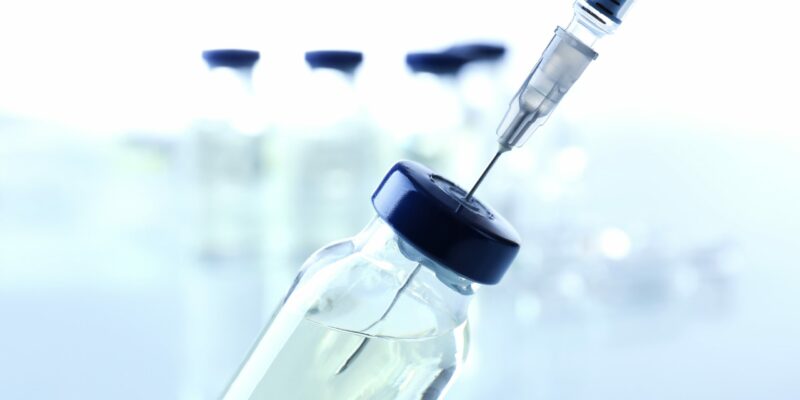
Preservatives in Medicine and Pharmaceuticals
Preservatives are used commonly in medicines such as acetaminophen, insulin and cough syrup to help prevent microbial contamination. Simply, preservatives help prevent the growth of microorganisms, particularly bacteria and fungi, which may cause disease or infection.
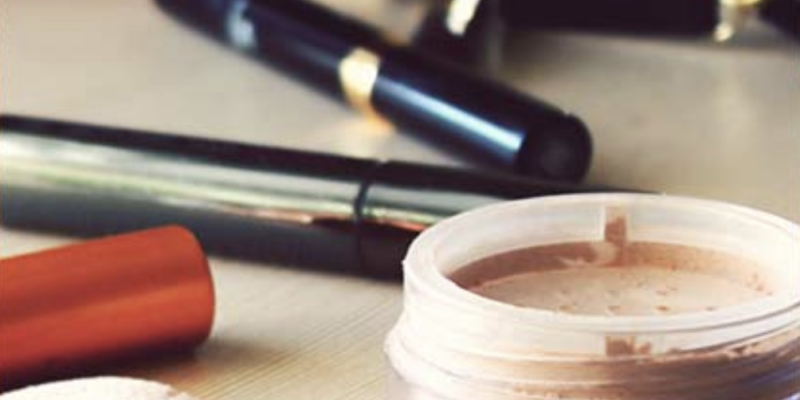
Preservatives in Cosmetics and Personal Care Products
Preservatives in cosmetics and personal care products help prevent contamination and the growth of harmful bacteria in products ranging from sunscreens, lotions and shampoos to cleansers, toothpaste and makeup.
Antimicrobial preservatives in cosmetics and personal care products help prevent the growth of molds, yeasts and bacteria, guarding against contamination that can cause irritation or infections. Antioxidant preservatives also can help keep personal care products from spoiling by suppressing reactions that can occur when certain ingredients in a cosmetic or personal care product combine with oxygen in the presence of light, heat and some metals.

Preservatives in Wood
Wood treated with preservatives can be used to build telephone poles, road signs and marine pilings as well as decks, play structures and raised garden beds.
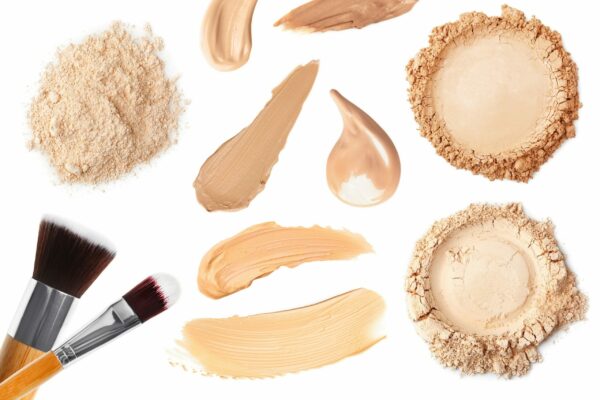
Safety Information
Safety of Preservatives in Food
The use of preservatives in food products is strictly studied, regulated and monitored by the U.S. Food and Drug Administration (FDA). Federal regulations require evidence that food additives are safe for their intended use.
Preservatives in foods are subject to ongoing safety review by FDA as scientific understanding and methods of testing continue to improve.
Safety of Preservatives in Cosmetics and Personal Care Products
In contrast to foods, with the exception of color additives, cosmetic products and ingredients including preservatives do not need FDA premarket approval. FDA can take action against products on the market that are not in compliance with the law; for example, if the product contains any poisonous or harmful substance. FDA monitors companies that conduct product recalls and can request a product recall if the company does not issue a recall on its own.
Safety of Preservatives in Medicine and Pharmaceuticals
Preservatives in medicines and drugs are generally considered to be “inactive ingredients” by FDA. Inactive ingredients (such as dyes, preservatives, and flavoring agents) are parts of a drug or medicine that do not affect the therapeutic action of the active ingredients. FDA’s Inactive Ingredient Database provides information on inactive ingredients present in FDA-approved drug products.
FDA, the Centers for Disease Control and Prevention (CDC), the National Institutes of Health (NIH) and other federal agencies regularly monitor and conduct research on vaccine safety.

